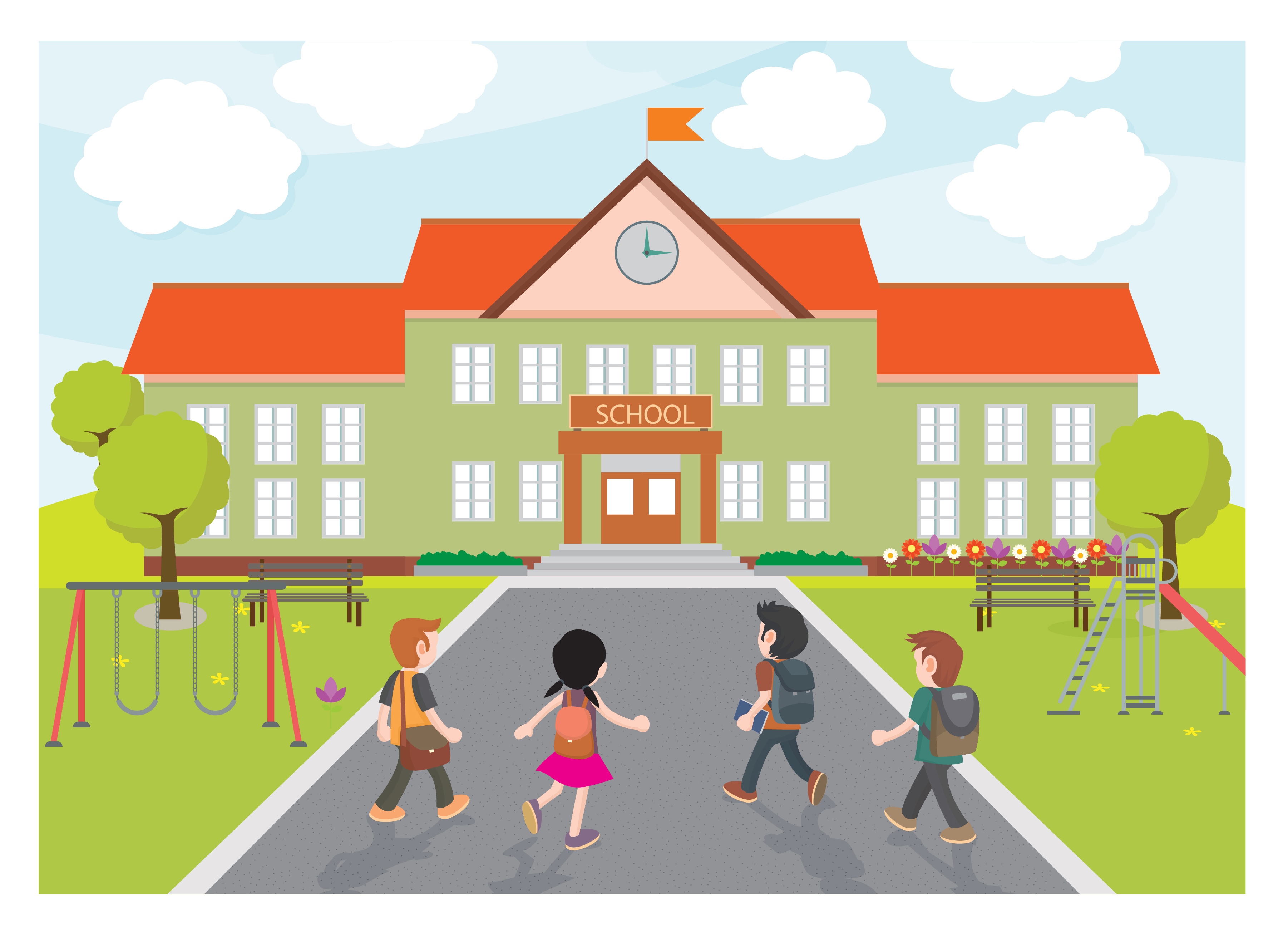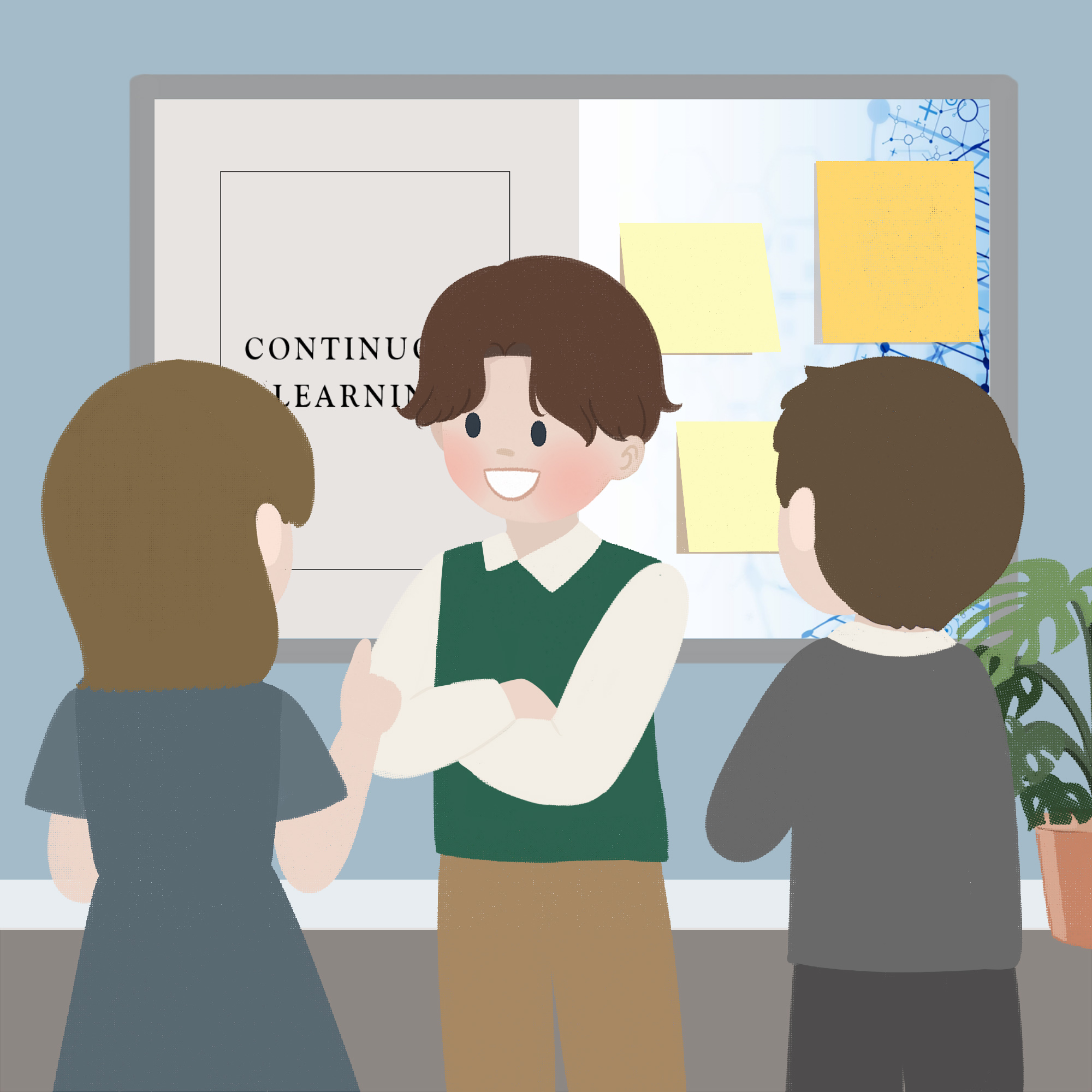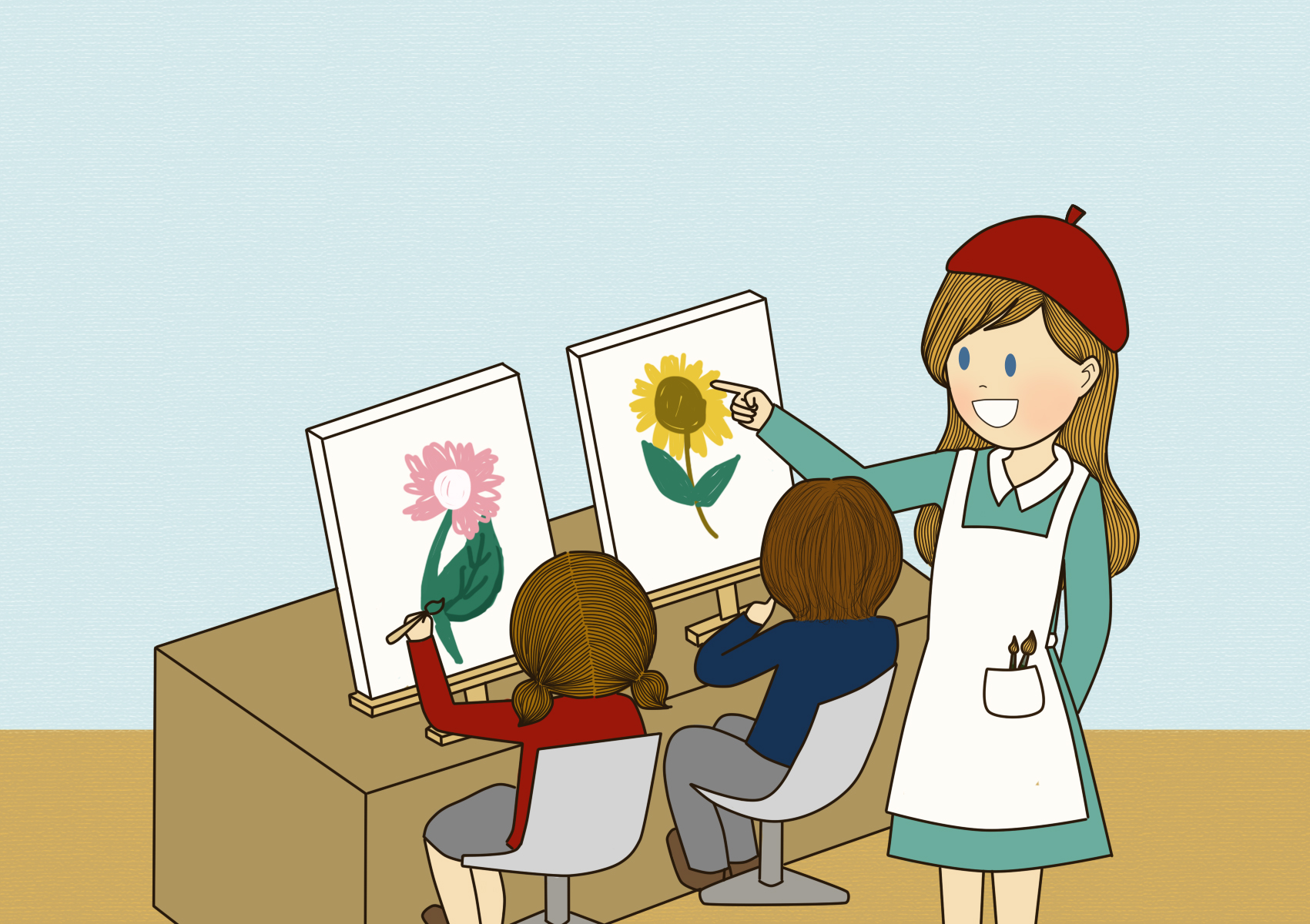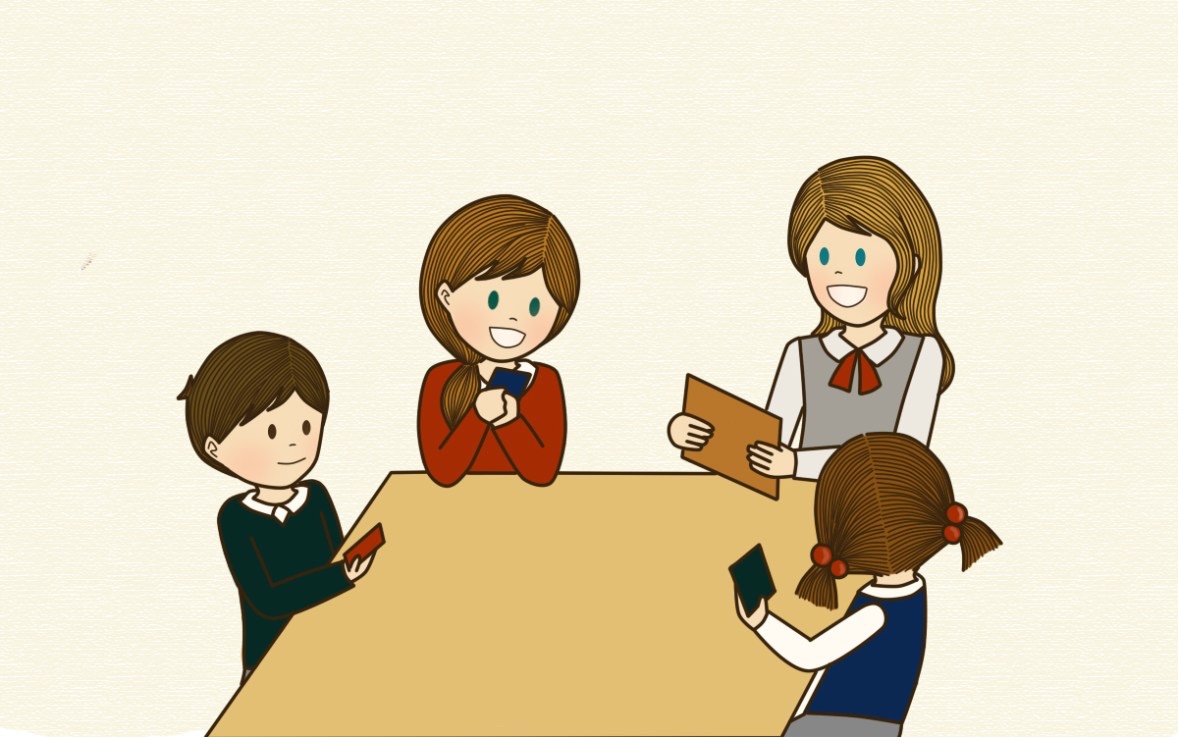An article by Richard James Rogers (Bestselling author of The Quick Guide to Classroom Management and The Power of Praise: Empowering Students Through Positive Feedback).
UPDATED 17TH MARCH 2020
It’s the story that everyone is talking about, and that also has many school leaders concerned: COVID-19.
The recent outbreak of this novel strain of coronavirus has caused a domino effect resulting in school closures, travel restrictions and a general, heightened sense of anxiety for many people. For schools, three major priorities now exist:
- Protecting the student and staff body from infection
- Having effective, simple plans in place to support students with their learning in the event of a sudden school closure
- Educating the community about good hygiene practice and dispelling any myths about the virus that may surface, and which may add to anxiety
In this week’s blog post I aim to tackle all three of these priorities in a non-biased, objective way. Original sources will be hyperlinked and a full list of citations can be found at the end of this article.

Priority 1: Protecting the student and staff body from infection
This has to be a school’s first priority right now, as not only do the symptoms of COVID-19 infection vary slightly from person-to-person, but the resulting disease caused by the virus can progress to a serious stage in some people. A community in which high numbers of people work in close proximity to one another (such as a school) is also an ideal place for human-to-human transmission to occur, should an infected person be on-campus.
The latest official information about COVID-19 allows us to evaluate risk to some extent:
- Transmission can occur from person to person, usually after close contact with an infected patient through droplet transmission. This is why it is important to stay more than 1 meter (3 feet) away from a person who is sick. (World Health Organisation)
- Current estimates of the incubation period range from 1-14 days with a median estimate of 5 days (World Health Organisation)
- At the time of writing (March 17th), official confirmed cases globally stand at 185,067 infected with 7330 total deaths and 80,236 official recoveries (Johns Hopkins)
This interactive map from John Hopkins University is a clear a quick way to track the official numbers.

According to the Washington State Department of Health, schools should be doing the following to protect their communities:
- Develop, or review, the school’s emergency operations plan. Review strategies for reducing the spread of disease and establish mechanisms for ongoing communication with staff, students, volunteers, families, and the community. Collaborate with local health departments and other relevant partners.
- It is advised that students, staff, parents and guardians, are excluded from sites if they are showing symptoms of COVID-19 or have been in contact with someone with COVID-19 in the last 14 days.
- When possible, regular health checks (e.g., temperature and respiratory symptom screening on arrival at school) of students, staff, and visitors. Those who are symptomatic should be excluded. For students experiencing homelessness, use your current procedures to ensure their safety.
- Older adults and individuals with underlying medical conditions that are at increased risk of serious COVID-19 are encouraged not to come to the child care and food service setting (including employees).
- Practice social distancing (i.e., limit contact of people within 6 feet from each other).
- Provide adequate supplies for good hygiene, including clean and functional handwashing stations, soap, paper towels, and alcohol‐based hand sanitizer.
- Follow environmental cleaning guidelines from the U.S. Centers for Disease Control and Prevention (CDC) are followed (e.g., clean and disinfect high touch surfaces daily or more frequently).
- Plan ways to care for students and staff who become sick and separate them from students and staff who are well. Use face masks as needed should this occur. Staff should go home immediately if they become sick. Contact the student’s parent or guardian immediately if they show symptoms of COVID-19.

Priority 2: Having effective, simple plans in place to support students with their learning in the event of a sudden school closure
I’ve come up with what I believe to be a simple method to facilitate learning in the event of a school closure:
The Online Learning Journal [A suggestion for schools]
Step 1: Every student in the school creates a website that will act as an ‘ePortfolio’ or learning journal. Each website should contain a separate page for each subject the student learns. Google Sites is amazing for this (it’s very user friendly), but Wix, WordPress and Blogger are also good (and free) alternatives. Just make sure the students are using their school e-mail addresses to sign-up to these platforms.
Step 2: The URL for every ePortfolio for every kid in the school is kept on a centralized spreadsheet (e.g. a Google Sheet or an MS Excel sheet) that every teacher has access to.
Step 3: Work is set by the teacher through the school’s online Virtual Learning Environment or MOOC (such as Google Classroom, Firefly or Moodle) or even via e-mail. Students are required to complete their work on their website (e.g. by writing notes on each page, uploading photos of work that’s handwritten, embedding Google Slides, etc.)
Step 4: Teachers simply need to click on the URL for each website of the kids they teach and check their work. Feedback can be written on the website itself (Google Sites makes this very easy, but the student needs to click ‘share’ and share it with the class teacher), or feedback can be directly e-mailed to each student.
You can read more about this method at my blog post here. I also made an accompanying video:
I’ve done some recent research with my own students about which online learning platforms work and my findings are given below (please share this image far and wide):

Priority 3: Educating the community about good hygiene practice and dispelling any myths about the virus that may surface, and may add to anxiety
Keeping good communication lines open and providing regular updates is always a good idea at times like this. Consider the following ideas:
- Send out a weekly newsletter to parents that goes through the steps the school is taking to protect the community from infection and general advice about good hygiene and best practice.
- Encourage parents to e-mail any questions or queries they have to a designated person, or to their child’s homeroom teacher.
- Assemblies and meetings with students and staff to go through good hygiene measures and offer advice and reassurance.
- Find out where everyone in the community is travelling to during school vacations (Google Forms is great for this – send it out and collect responses). Analyse the data received and plan accordingly.
References and Sources
- World Health Organisation Q&A on Coronaviruses [https://www.who.int/news-room/q-a-detail/q-a-coronaviruses]
- Johns Hopkins University Interactive Map of COVID-19 Cases [https://gisanddata.maps.arcgis.com/apps/opsdashboard/index.html#/bda7594740fd40299423467b48e9ecf6]
- Washington State Department of Health: School Resources for Novel Coronavirus [https://www.doh.wa.gov/Emergencies/Coronavirus/Schools?fbclid=IwAR1N5BPyPXKhK-aCTQqEnYSsVca3QzjY5ejuHgc-vm6v-U4YsrG7er_gsng]
- Online Learning That Actually Works! Richard James Rogers [https://richardjamesrogers.com/2020/03/17/online-learning-that-actually-works/]
We welcome you to join the Richard Rogers online community. Like our Facebook page and follow us on Twitter for daily updates.














































